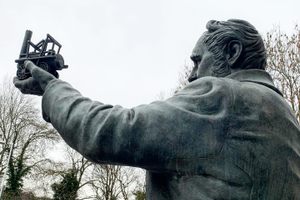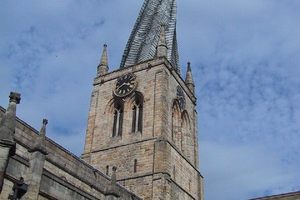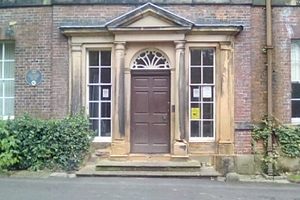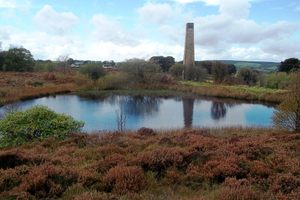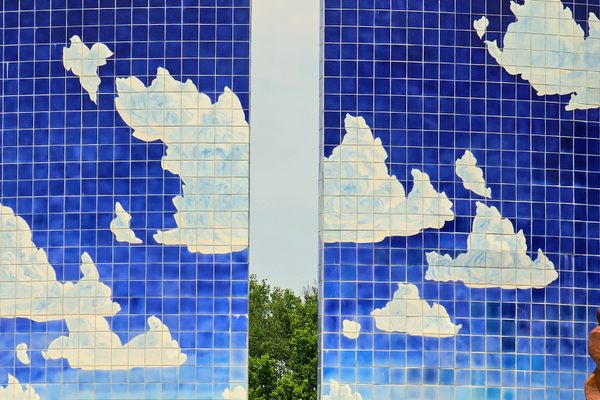About
This magnificent example of public art is based at a location which was, from the 1990s until the early 21 century, a derelict industrial factory site between the Chesterfield railway station and the River Rother.
The derelict factory was demolished and replaced with a housing development. This spiral sculpture is a result of the Chesterfield Borough Council’s planning policy, which encourages all large developments to include up to one percent of the total investment for public art.
Liz Lemon, the sculptor behind the artwork, used the land as inspiration, as the area is known for both Goniatite and gastropod fossils. She also paid homage to the land’s industrial past. Because the factory that formerly stood at the site built turbines for many of the world’s large hydroelectric dams, Lemon designed the sculpture in metal with a high precision finish to reflect the former factory’s dedication to high-quality engineering. Manthorpe Engineering completed the construction.
The resulting sculpture is about 25 feet high. The spiral form was created from many sections of stainless steel sheets that vary in thickness, and the way it fits together is evocative of the types of pipework construction used in the hydropower plants that the former factory worked on. The artwork has five rows of “portholes” of reducing size all the way around the spiral. The internal cavity houses blue and green fiber optic lights that are switched on at night.
Related Tags
Know Before You Go
If you are travelling by train through Chesterfield, you can see the artwork to the east of Chesterfield station.
Community Contributors
Added By
Published
November 5, 2018












